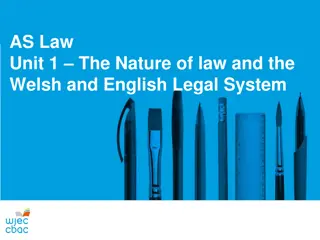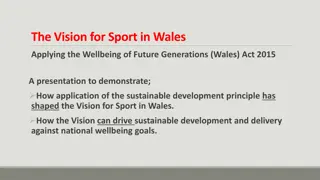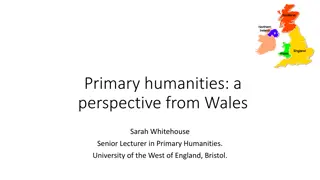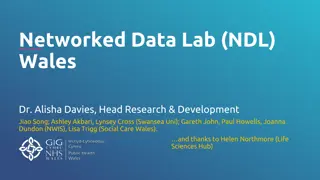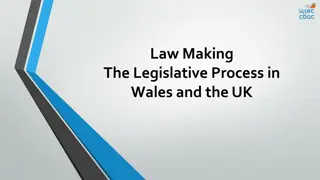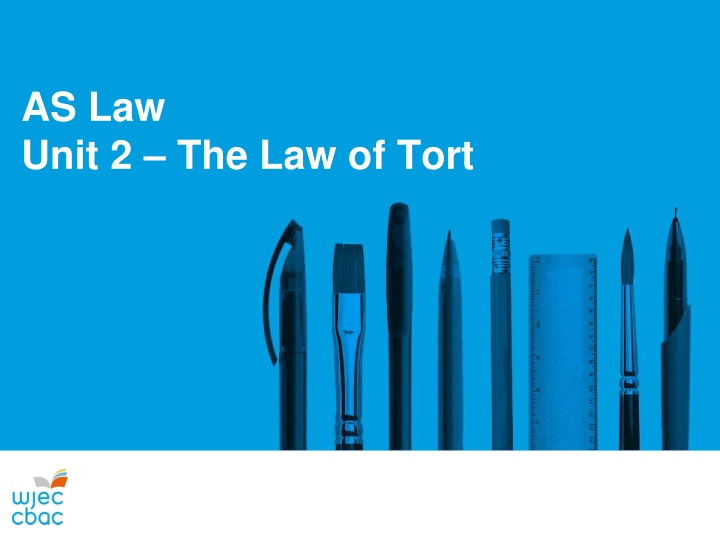
Understanding Tort Law: Duty of Care, Remoteness of Damage, and Special Damages Explained
Explore the key concepts in tort law such as duty of care, remoteness of damage, and special damages through in-depth explanations and case studies. Gain insights into legal principles and their application in negligence cases to enhance your understanding of this area of law.
Download Presentation

Please find below an Image/Link to download the presentation.
The content on the website is provided AS IS for your information and personal use only. It may not be sold, licensed, or shared on other websites without obtaining consent from the author. If you encounter any issues during the download, it is possible that the publisher has removed the file from their server.
You are allowed to download the files provided on this website for personal or commercial use, subject to the condition that they are used lawfully. All files are the property of their respective owners.
The content on the website is provided AS IS for your information and personal use only. It may not be sold, licensed, or shared on other websites without obtaining consent from the author.
E N D
Presentation Transcript
AS Law Unit 2 The Law of Tort
May 2018 General Observations Timing was important for candidates to ensure sufficient time was allocated to Q4 and Q5 which had the highest mark allocation. Very few rubric errors and candidates generally coped well with the demands of the compulsory nature of the questions. Some evidence of lazy case citation, or case dumps . Narrow focus of Q2 and Q5 did vex some candidates.
Question 1 Explain what is meant by duty of care in the tort of negligence. [8] Suggested content: Donoghue v Stevenson neighbour principle Incremental tests in Caparo v Dickman with supporting case law. Most candidates followed this structure, with good use of case law. A brief explanation of each case was needed with a focus on the point of law established in relation to the test. Some illustration of recent knowledge such as Robinson v CC of West Yorkshire Police (2018) Weaker candidates lacked focus on duty of care and talked about all elements of negligence. On the whole, this question was answered well.
Question 2 Explain remoteness of damage in the tort of negligence. [8] Suggested content: Definition of causation factual and legal Legal Causation: i) Wagon Mound damage must be reasonably foreseeable and not too remote ii) Thin skull principle: Smith v Leach Brain & Co (1962) iii) Extent of damage need not be foreseeable: Hughes v Lord Advocate (1967) Narrow focus of question was reflected in the length of some answers. Some context in relation to legal causation was required for top marks rather than just a discussion of Wagon Mound. Credit was given for discussion of factual causation but only when discussed in the context of legal causation and remoteness of damage. Lots of candidates unprepared for such a narrow question and so answered the question on causation in more general terms.
Question 3 Explain the terms general and special damages. [8] Suggested content: Definition of special and general damages. Examples of special and general damages. This was mostly answered well. Strongest answers considered pecuniary and non-pecuniary damages and the multiplier/multiplicand. Current knowledge would have seen candidates make reference to the Judicial College tariff for limbs and body parts. Lots of candidates mixed up the inherent definitions of special and general damages.
Question 4 David decided to go swimming in the lake in his local park run by the local council. He ignored signs informing visitors to the park that swimming in the lake is both dangerous and not permitted. Unfortunately, when he dived in, he hit his head on the bottom of the lake and broke his neck. David has been told that he will never walk again. Advise David as to whether the council is liable for his injuries. [18]
Question 4 Suggested content: Definition of occupier and premises . British Railways Board v Herrington (1972): common humanity duty to trespassers. Occupiers Liability Act 1984: s1(3)(a): occupier aware of danger/risk s1(3)(b): reason to suspect trespassers s1(3)(c): risk that occupier would be expected to take precautions s1(4): reasonable care is the sign sufficient? Common law negligence Full range of marks and extremely varied answers. Some sophisticated discussion of David becoming a trespasser. The most well structured answers started with a definition of occupier and premises and then logically considered the issue of adult visitors and then trespassers. Some candidates spotted the link with Tomlinson v Congleton BC (2003) which had similar facts. Application to the scenario is a must to achieve a good or excellent mark a mere description of the law is not enough.
Question 5 Analyse and evaluate the differences between primary and secondary victims. [18] Suggested content: Overview of psychiatric harm Definition of primary and secondary victims. Criteria for secondary victims, including the tests laid down in Alcock v CC of South Yorkshire Police The assessment objective being examined here was AO3 which requires and analysis and evaluation. A brief overview of psychiatric harm was not done in the majority of cases, and candidates should consider the structure of these essays. The issue of evaluation came mostly from an analysis of case law, including the floodgates argument. Beyond Alcock, case law was rather sparse candidates are not able to access Level 3 or 4 without detailed evaluation.
Improving performance Candidates need to be made aware of how specific the AO1 questions can be, and so need to be careful with selective revision. Candidates could be trained to answer the application style questions using an approach such as Identify, define, apply (IDA) Issue. Rule. Application. Conclusion (IRAC) Candidates should be encouraged to learn as much legal authority as possible, and use this to support their arguments.









